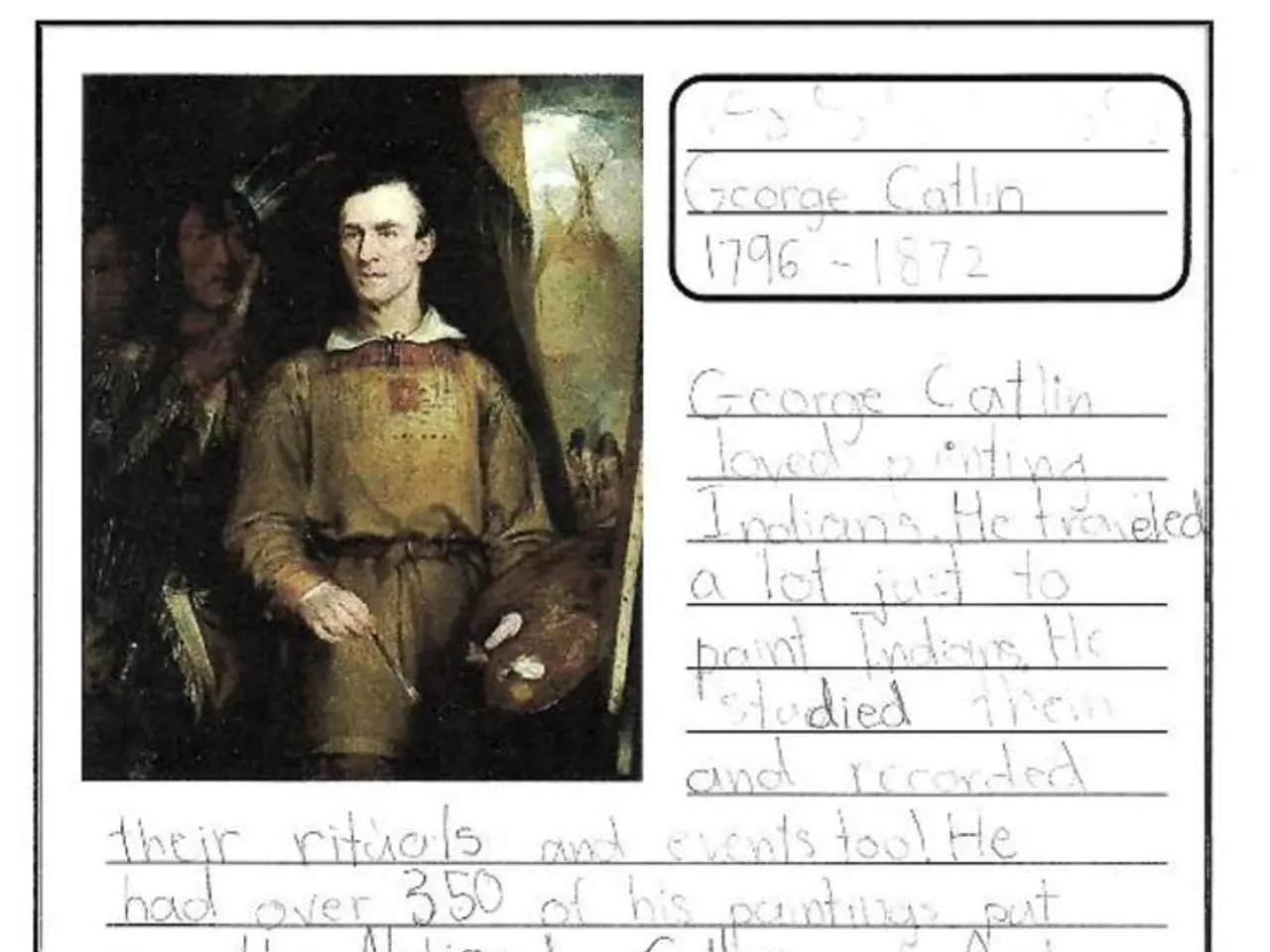Scientists Successfully Analyze Mongolian Parchment by Utilizing X-rays Without Physical Unfurling!
In a groundbreaking archaeological discovery, researchers at the Ethnology Museum in Berlin have virtually unrolled and read a fragile 100-year-old Mongolian Buddhist scroll without causing any physical damage to the ancient artifact.
The scroll, a part of a portable shrine called a Gungervaa, was discovered to contain Buddhist mantras, such as "Om mani padme hum," hidden inside the delicate silk-wrapped scrolls despite nearly a century of neglect and historical upheaval.
The non-invasive imaging process involved scanning the scroll with high-resolution 3D X-ray tomography at the BESSY II synchrotron facility. Computational algorithms and mathematical techniques, previously applied in battery research, virtually unfolded the digital model to extract the hidden script.
This interdisciplinary approach allowed scholars to recover intangible cultural heritage from tiny, fragile objects that were otherwise unreadable. The technique has potential applications in archaeology, such as revealing texts from other rolled or folded ancient manuscripts and scrolls, investigating contents inside sealed containers, and enhancing studies of fragile organic materials.
The Gungervaa, which reached the Ethnology Museum in Germany in 1932, contains four gilded bronze statues and a small painting, but one gungervaa and some items were damaged during World War II. The museum currently preserves around 20 objects, including the Mongolian artifact in question, three small dharani scrolls kept in yellow silk boxes, and scrolls measuring over 80 cm, each wrapped around 50 times before being stored in silk envelopes.
Birgit Kantzenbach, conservator at the Ethnology Museum and co-author of the study, emphasized the importance of such endeavors. The research team summed up the significance and potential of the Sanskrit text finding, with one readable text section within one of the fragments containing the phrase "Om mani padme hum," written in Sanskrit grammar instead of Tibetan characters.
The tradition of creating such scrolls nearly vanished during the 1921 Soviet-backed Mongolian Revolution. Remaining ink traces on the fragments were analyzed using artificial intelligence, revealing they were primarily composed of animal glue and soot, with metal particles also detected.
These techniques represent a significant advancement in non-destructive analysis in archaeology, combining physics, computer science, and cultural heritage studies to preserve and interpret delicate ancient objects that traditional methods cannot access.
Science and technology played crucial roles in the recovery of the hidden script within the fragile Mongolian Buddhist scroll, with researchers utilizing high-resolution 3D X-ray tomography and computational algorithms to virtually unfold the digital model of the Gungervaa. This innovation, a fusion of physics, computer science, and cultural heritage studies, offers promising applications in archaeology, permitting the potential revelation of texts from other ancient manuscripts and scrolls.




